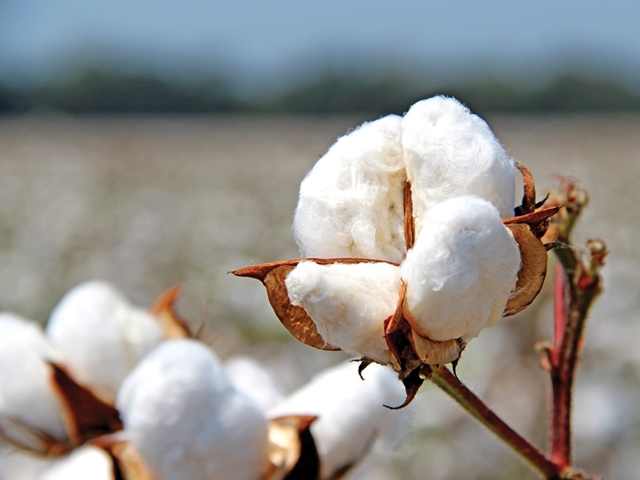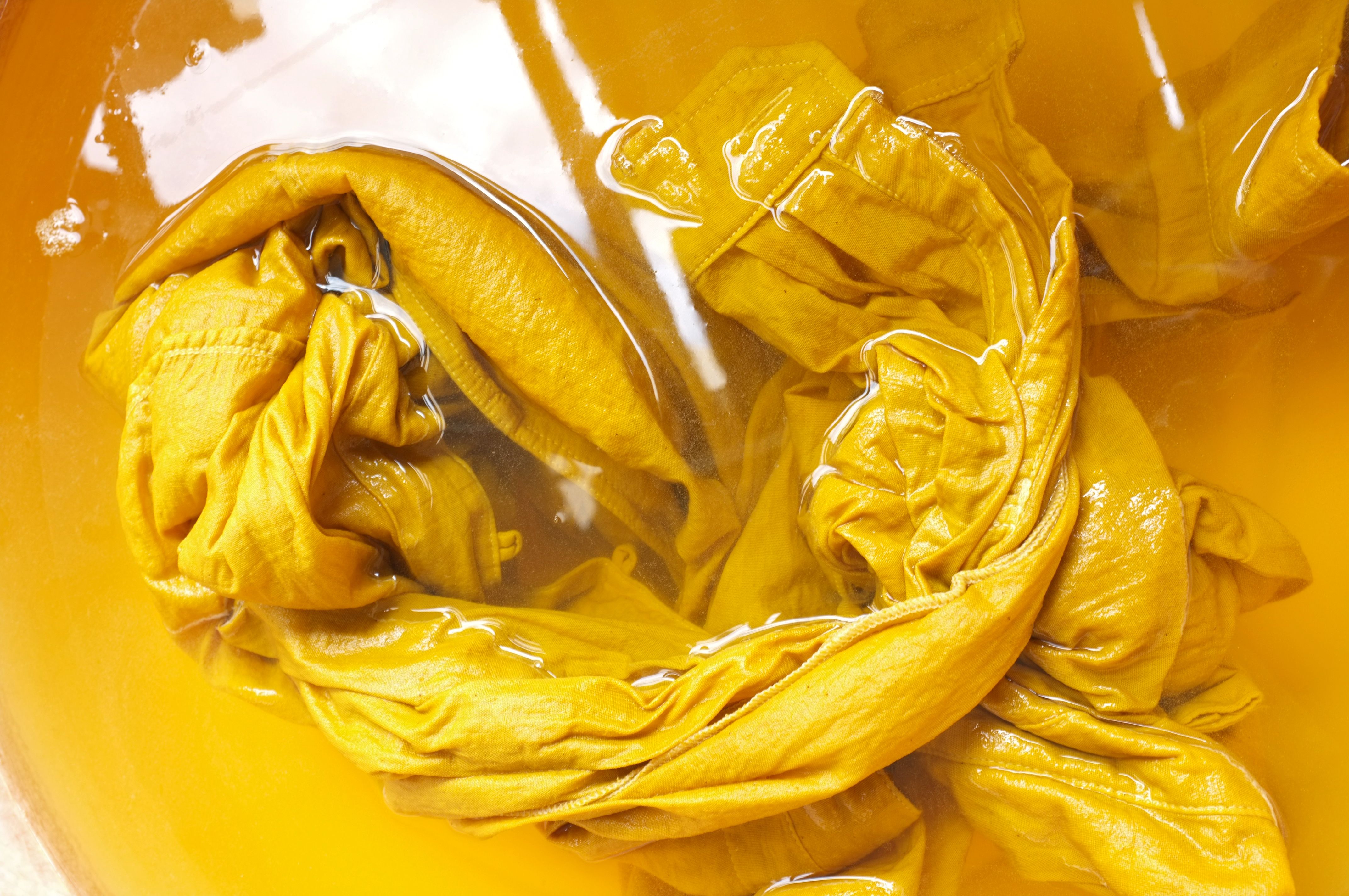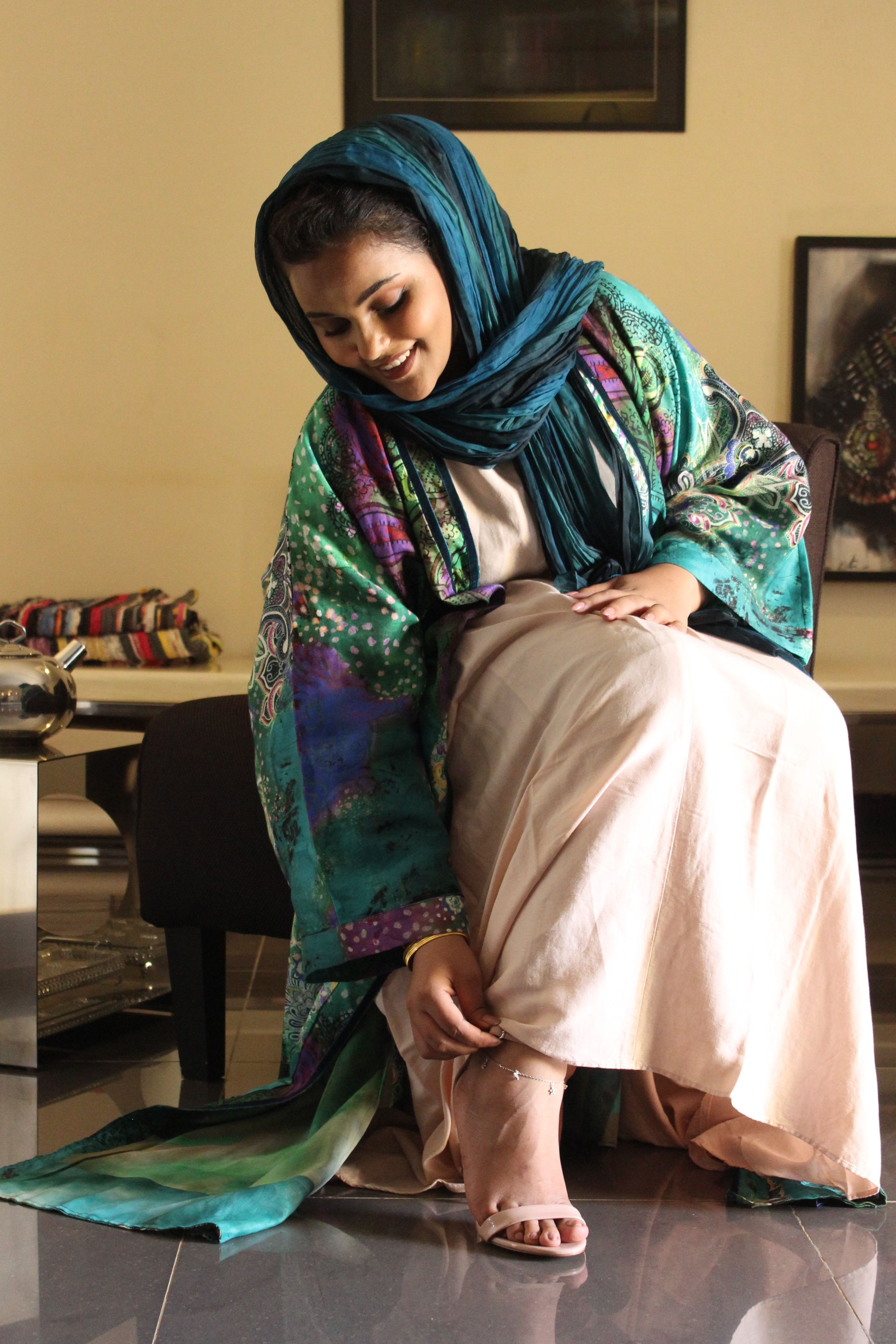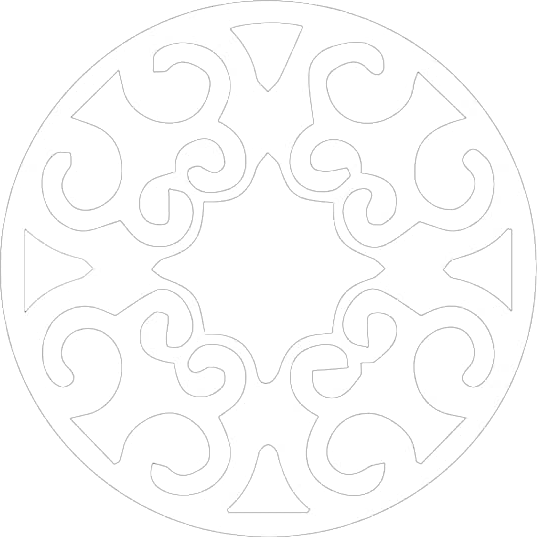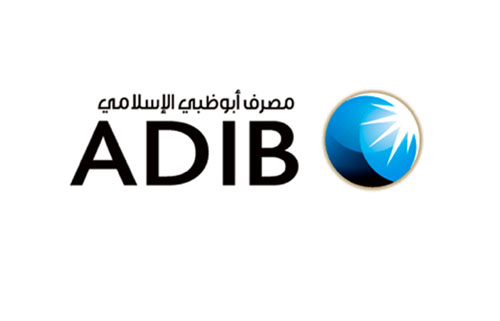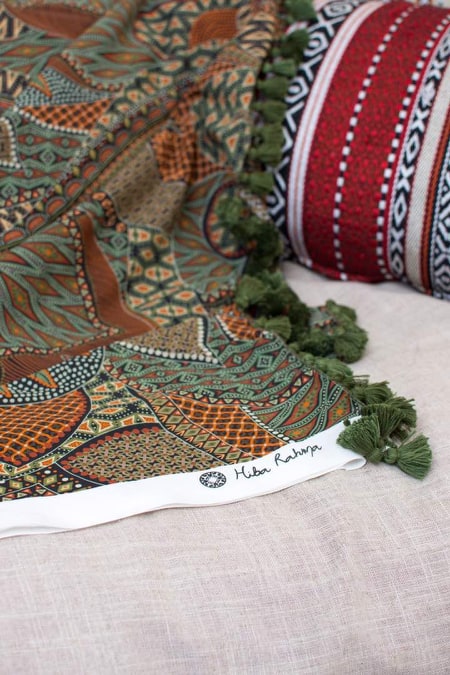
Textile Printing
The first printed textiles were produced in India and China more than four thousand years ago. The
history of textile printing in Europe dates back approximately to the tenth century. The printing process
has evolved over the years to be what it is now. Traditional printing and digital printing, each has its own
advantages:
#Traditional printing is characterized by its long-lasting deep colors, which makes dying dark materials
possible. Economically, large quantities can be more cost-effective.
As for #digital printing, it is faster, as it takes less time in preparation and production. Printing defects
are less common in digital printing, and it enables the manufacturer to produce a large variety of colors
with different complex patterns and designs. It is more practical and cost-effective in small quantities.
Attached are videos showing the traditional textile printing from the stage of raw material and color
preparation to printing, finishing and packaging. And another video showing digital printing, and the
latest technological advancements made in the world of printing.
https://youtu.be/zuR2x0lorLg https://youtu.be/zlzkMkyViPs
Latest Articles
Cotton
2022-08-30
#Gezira_Scheme is one of the most important gravity irrigation schemes in Sudan. It was established… Read moreWeaving in Sudan
2022-08-23
The textile industry is an old industry in Sudan. It started as a traditional rural… Read moreHand Embroidery
2022-08-01
#Embroidery is the craft of decorating fabric or other materials using a needle to apply… Read moreNatural Dyes
0000-00-00
Most natural dyes are derived from plant sources such as barks, berries, flowers, leaves, and… Read moreModa
0000-00-00
Moda comes from the French word mode, and it means the prevailing custom or the… Read moreHiba Rahma © 2025 - All rights reserved.
